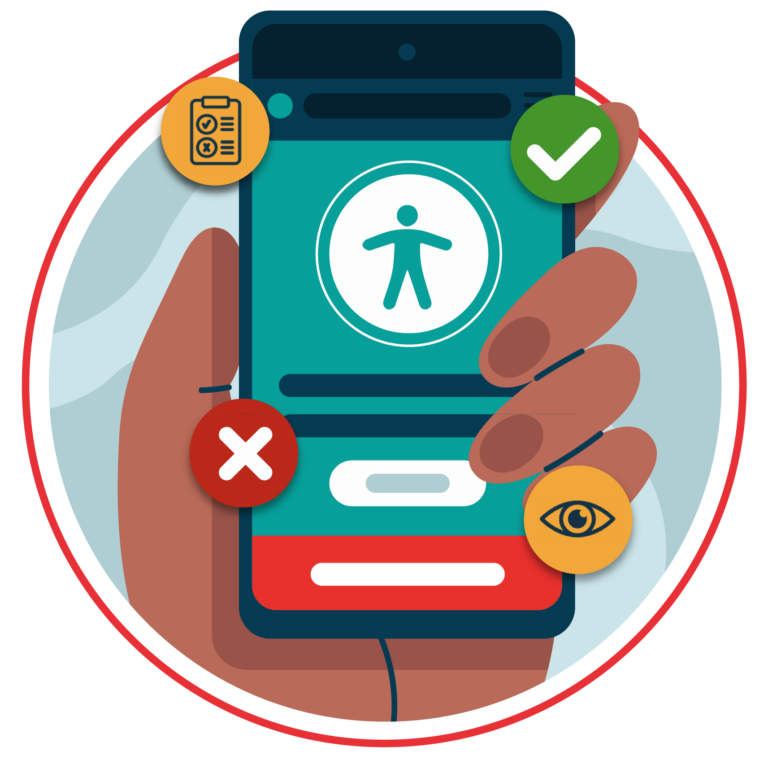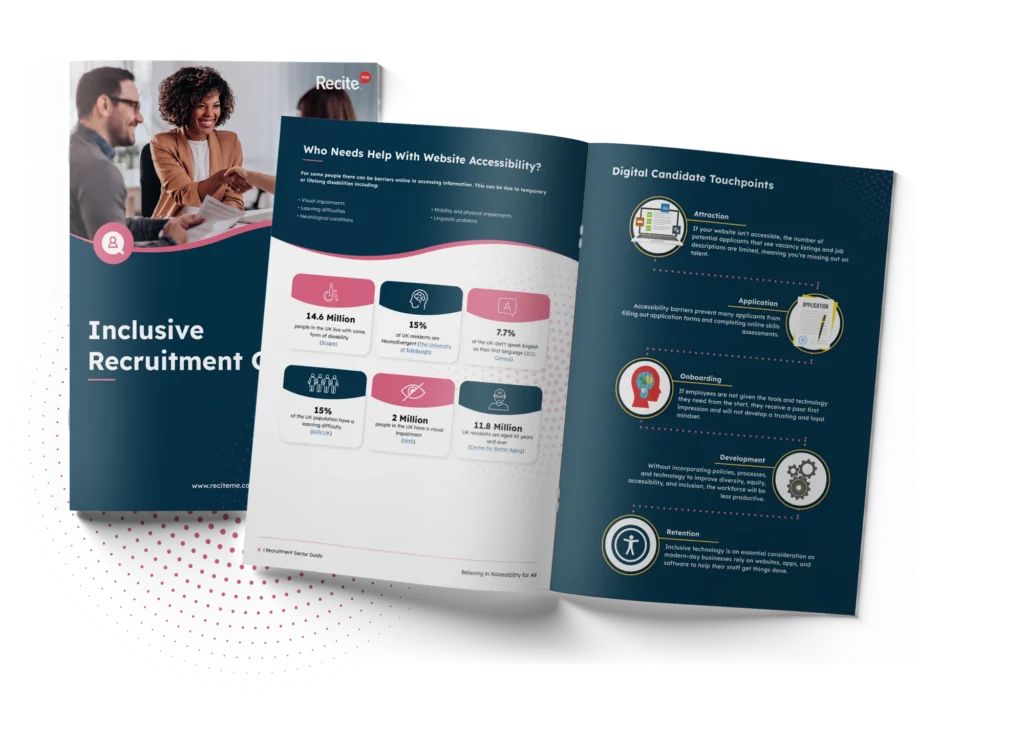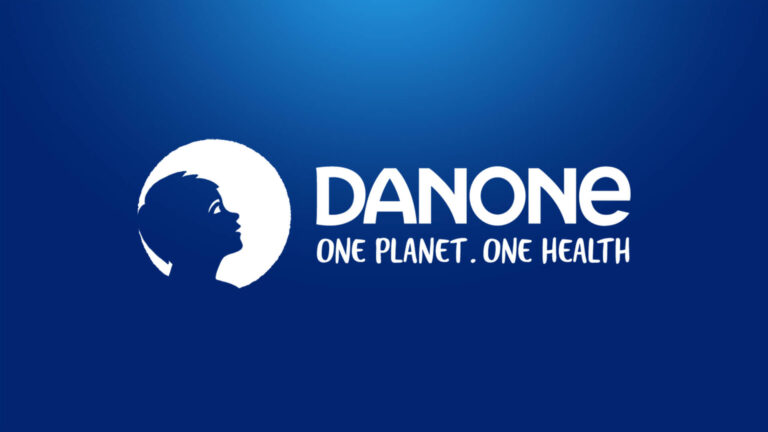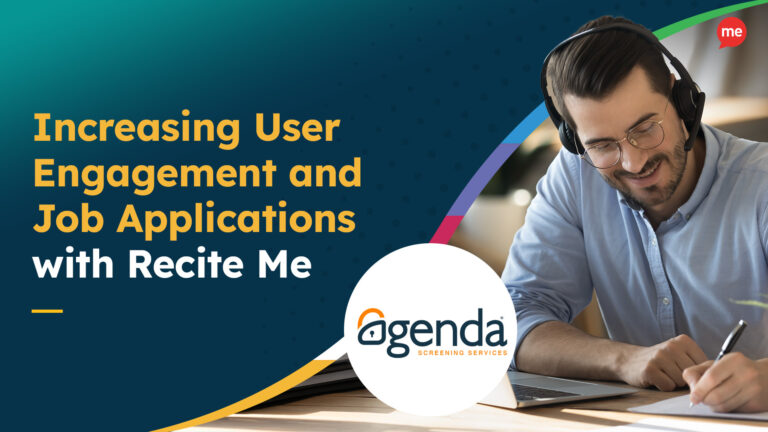This week we’re joining hundreds of businesses up and down the country to celebrate National Inclusion Week. Run by one of our amazing partners, Inclusive Employers, the primary goal is to celebrate individual differences and improve inclusion in the workplace. The theme of this year’s events is “Impact Matters”, and all Inclusion Week activities will be trending under the hashtag #MakeImpact.
 “National Inclusion Week gives us the perfect springboard to move the conversation about I&D from being among an engaged few champions to a broader audience. National Inclusion Week is an excellent opportunity to put inclusion on the table (even more so than it already is) for discussion and sparking thoughts and actions in others.” Erica Huggins, Head of Marketing, Inclusive Employers
“National Inclusion Week gives us the perfect springboard to move the conversation about I&D from being among an engaged few champions to a broader audience. National Inclusion Week is an excellent opportunity to put inclusion on the table (even more so than it already is) for discussion and sparking thoughts and actions in others.” Erica Huggins, Head of Marketing, Inclusive Employers
The Evolution of Inclusion in the Workplace
At Recite Me, we focus on helping businesses improve workplace inclusion through improved digital accessibility. Join us as we take a deep dive into evolving perceptions of inclusion, considerations for digital accessibility, and steps your business can take to empower your employees while simultaneously improving profit margins.
In recent years, we’ve witnessed significant advancement across the board, reflecting a growing emphasis on the importance of diversity, equity, and inclusion (DEI) in the workplace. Some key trends include:
- Expanding definitions – The understanding of diversity has broadened to encompass more than just race and gender. It now includes factors such as age, sexual orientation, disability, socioeconomic background, and neurodiversity.
- Increased awareness – Many organisations have come to realise that diverse and inclusive workplaces are beneficial for business performance and innovation. For example, diverse companies enjoy 2.3 times higher cash flow per employee.
- Diversity initiatives – There has been a 67% growth in dedicated D&I employee roles over the last five years, resulting in improved hiring practices, the introduction of diversity training programs, and the establishment of diversity and inclusion committees, etc.
- Accountability – Companies are increasingly holding themselves accountable for progress in diversity and inclusion by setting measurable goals, collecting data on diversity metrics, and regularly reporting on their progress.
- Regulatory changes – Many countries have introduced or updated workplace inclusion and anti-discrimination laws, which has pushed organisations to be more proactive.
Who is Excluded Online
While there has undoubtedly been some considerable progress, it’s essential to note that challenges and disparities still exist. But you can’t take steps to improve inclusion unless you understand the problems faced by those who struggle to access information.
It’s estimated that one in five Brits has a disability that can make accessing information online challenging. That’s around 13.5 million people:

Sight Loss
At least 2 million people in the UK are affected by vision problems, encompassing blindness, partial blindness, and colour blindness.

Neurodiversity
At least 15% of the population have neurodivergent traits like dyslexia, dyspraxia, hyperlexia, and dysgraphia.

Learning Disabilities
Mencap estimates that around 1.5 million people in the UK have a learning disability.
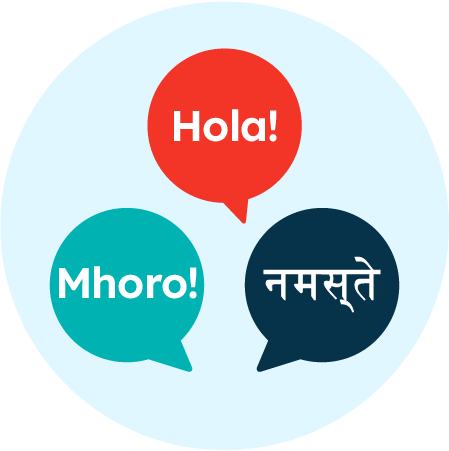
Language/linguistic problems
4.2 million people speak a language other than English at home.

Attention disorders
It’s estimated that around 2.6 million Brits (approximately 5% of the population) have ADHD.
The Benefits of an Inclusive Workplace
Diversity, equity, and inclusion factors affect every stage of the employee life cycle. Organisations that prioritise DEI are better positioned to attract and retain top talent, foster innovation, and create a more equitable and sustainable future for their workforce:
Attraction
If your website isn’t accessible, the number of potential applicants who see vacancy listings and job descriptions is limited, meaning you’re missing out on talent. Yet, only one in three job seekers think employers and recruiters make online job applications suitably accessible for disabled people.
Recruitment
Accessibility barriers prevent many applicants from filling out application forms and completing online skills assessments. Research conducted by RIDI shows that 54% of applicants say they’ve encountered hurdles at multiple stages of the recruitment process, and 28% say they find online assessments challenging.
Onboarding
If employees are not given the tools and technology they need from the start, they receive a poor first impression and will not develop a trusting and loyal mindset. In fact, 9% of employees have left a company due to a poor onboarding experience.
Development
Without policies, processes, and technology to improve DEI, the workforce will be less productive. Research shows that cognitive diversity can enhance team innovation by up to 20%, and companies with inclusive teams are 87% better at decision-making and 1.7 times more innovative than their competitors.
Retention
Inclusive technology is essential as modern-day businesses rely on websites, apps, and software to help their staff get things done. So, it’s no surprise that workers who use technology as a productivity aid are 158% more engaged in their jobs and 61% more likely to stay with a company (Human Resource Executive).
5 Essential Steps Your Business Should Take to Enhance Inclusion
Most businesses have a genuine desire to create more inclusive work environments. After all, it helps motivate staff, reduce absenteeism, and increase productivity while also improving the bottom line. In short, it’s a no-brainer. But getting started can be challenging. Here’s our list of recommended steps to follow.
1. Know What’s Expected
There are many resources companies can consult in their efforts to become more inclusive. But with so much information out there, it can take time to figure out where to begin. So, starting with the bare minimum basics is usually the best idea. Your primary sources of guidance are:
- The Web Content Accessibility Guidelines (WCAG) – WCAG are internationally recognised, with WCAG 2.1 Level AA typically being the benchmark criteria for ‘making a website accessible’.
- National Legislation – It is illegal to treat people with disabilities less favourably, so ensuring your policies are in alignment with The Equality Act is essential.
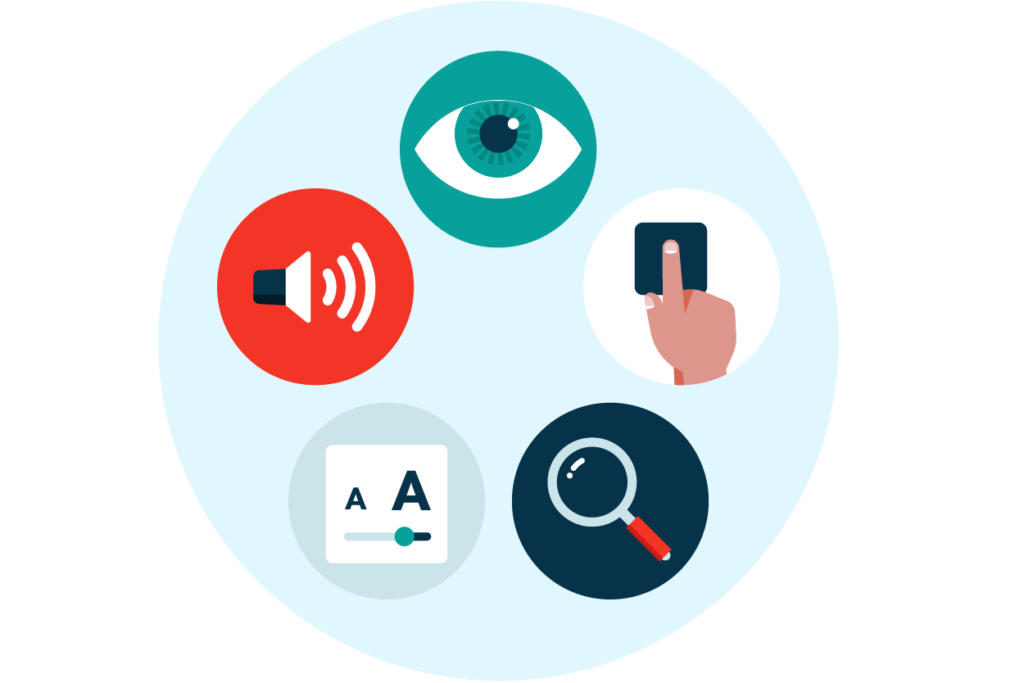
2. Make Internal Changes
Integrating DEI into your core values starts from within. Follow these steps to get started:
- Reassess employee policies to identify and address any existing inclusion barriers.
- Conduct an employee survey to see what your teams think of your current DEI policies and where improvement is needed.
- Be proactive in ensuring that employees with disabilities have a say in decision-making processes.
- Become a Disability Confident Employer. Over 20,000 forward-thinking companies (including Recite Me) are registered as Disability Confident.
3. Revamp Your Recruitment Policies
You must develop an inclusive recruitment process to tap into the biggest talent pool. We invite you to download our guide to accessible online recruitment, compiled in partnership with Guidant Global. In the meantime, some quick top tips on providing inclusive candidate journeys include:
- Regularly reviewing recruiting practices to ensure they don’t negatively impact particular groups.
- Building diverse interview panels that adopt inclusion principles into the process.
- Providing diversity and inclusion training for recruiters, interviewers, onboarding teams, and managers.
- Setting up metrics and inclusion KPIs to make DEI improvements continuous.
4. Adopt an Inclusive Website Design
There are several design and development considerations involved in building an inclusive website. The basic ‘must have’ accessibility features needed to ensure inclusive online journeys for everyone include:
- An accessibility-optimized content management system.
- Properly structured content.
- Alternative text on images.
- Descriptive names on links.
- Captions and transcripts for audio and video content.
- Sufficient colour contrast
- Clear and consistent navigation – including keyboard-only navigation.
- Accessible forms and downloads.
- Responsiveness across a range of devices (mobile, tablet, PC).
Run a free scan to check the accessibility of your website homepage.
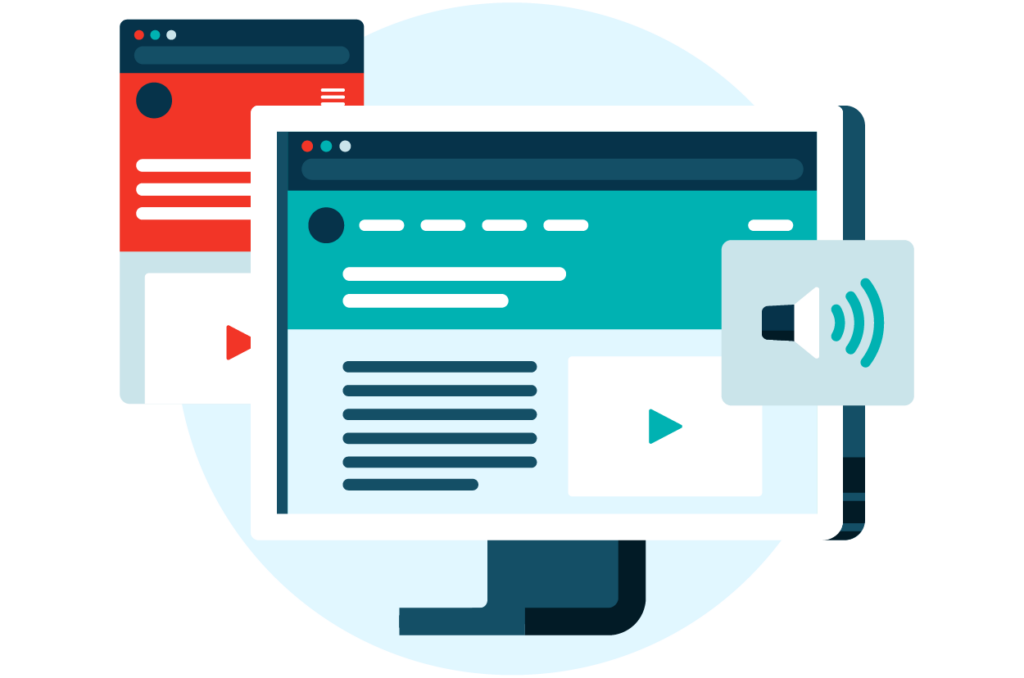
5. Invest in Accessibility Technology
At Recite Me, we know your website is constantly changing as content is updated, edited, and removed. And we understand that can make the process of becoming inclusive feel overwhelming. That’s why we’ve developed a suite of dedicated accessibility tools to help you navigate the process.
- The Recite Me Checker – The Recite Me Checker audits back-end and front-end web development processes by running 396 separate compliance scans in line with WCAG 2.2 and breaking down the issues you should be working to fix.
- The Recite Me Toolbar – The Recite Me Toolbar promotes inclusivity by allowing end users with sight loss, cognitive impairments, learning difficulties, physical disabilities, and varying linguistic needs to access your website per their individual needs and preferences.
2024 DEI Data
Recite Me is proud to work alongside several leading organisations dedicated to improving online inclusion. Our most recent report demonstrates the need for website customisation, and the associated real-world benefits for the businesses that offer it. For example, stats over the last 12 months show that:
- Over 43 million web pages have been viewed using the Recite Me toolbar.
- On average, website visitors who use the Recite Me toolbar on utility websites viewed 6.81 pages, much higher than the average internet journey depth of just 2.8 pages per visit.
- Over 70 million pieces of content were read aloud using the Recite Me screen reader.
- Over 80 million pieces of content were translated into different languages.
Download our Inclusive Recruitment Guide
Break down digital barriers and attract the best talent for your business!
Discover hidden talent and recruit from a larger talent pool by providing assistive technology. Support your potential candidates who may be disabled, visually impaired or who speak English as a second language to research and apply for jobs online.
